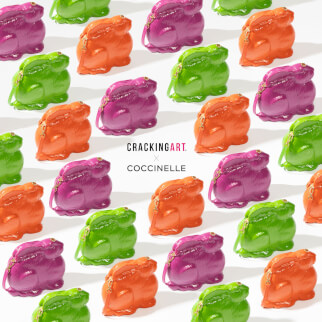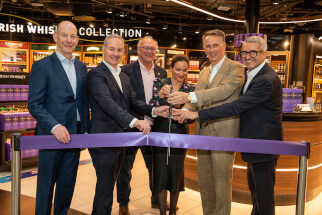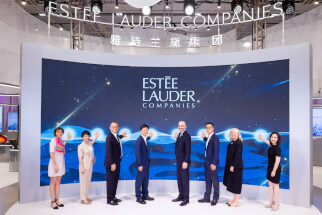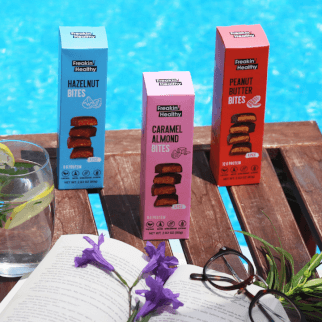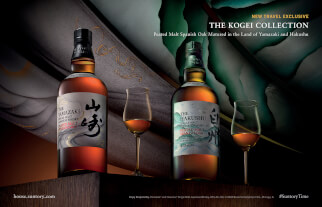Report states Hainan luxury market growing
A report by McKinsey and Company states that Hainan’s luxury market — already virtually the only bright light in a dim travel retail night —is poised to capture an increasing share of Chinese luxury spending.
Already a popular domestic tourism destination, Hainan, together with the Chinese government, have determined that the island province will become the world’s largest free trade port. Last year the government created a number of programs and policies to achieve this, including a tax allowance of 100,000 Chinese yuan, currently about US$15,545.
Any number of large-scale duty free shopping locations are currently being built and opened in stages, including a duty free port for cruise ships.
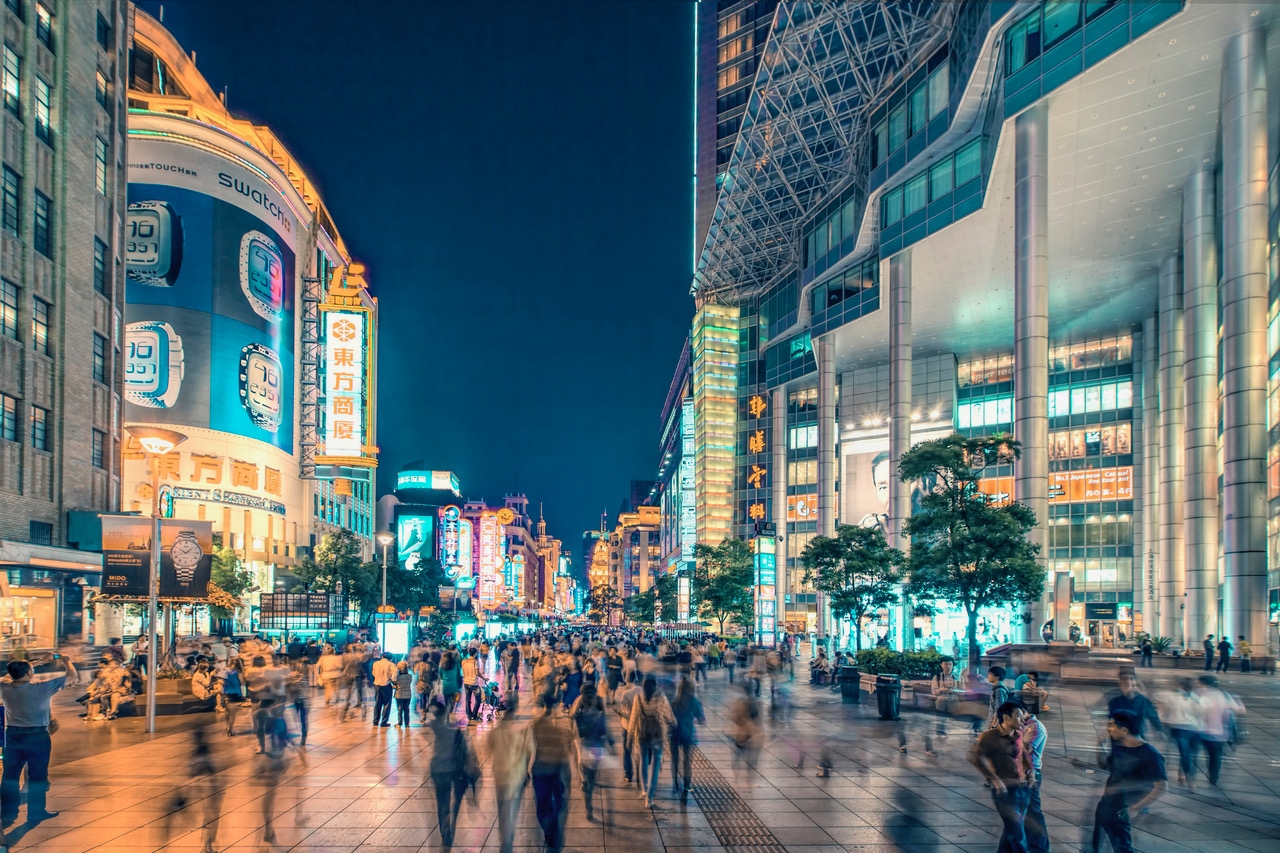
As of 2025 the entire island will be a duty free zone
The Chinese traveler, who has become increasingly important globally as by far the top purchaser of luxury goods, has been unable to travel internationally. This has undoubtedly boosted Hainan’s coffers. Says the McKinsey report: “Hainan is ideally placed to absorb Chinese luxury duty free demand. Unfazed by the ongoing pandemic, Chinese travelers flocked to the island, doubling overall spend on duty free in 2020 to ~$4.3 billion, up from ~$2.1 billion the previous year. Another record-setting year is on the cards in 2021, with spending during the recent Labor Day holidays in May up 248 percent year-on-year, according to official customs statistics from Haikou, the provincial capital. The Hainan government expects spend to surpass $9 billion for the year as a whole.”
The pie is growing
Despite this somewhat false positive for 2020/2021, Hainan’s attractiveness for Chinese holidaymakers and shoppers is not going away. Rather, the numbers of Chinese travelers and therefore travel shoppers is on a firm skyward trajectory. The pie might become divided once the skies reopen, but that pie is continuously growing.
According to the report, in a McKinsey survey of 550 Hainan duty free shoppers conducted in June 2021 more than 60 percent of respondents indicated they would return to Hainan for duty free shopping even after international travel resumes.
Additionally, the relaxed tax rules have now been extended to a period of six months following a visit to Hainan for online shopping; 95 percent of recent travelers have taken advantage of this new rule or plan to do so. Of those planning to return to Hainan, more than 40 percent seek to increase their spend next time, compared with only 12 percent who are looking to spend less.
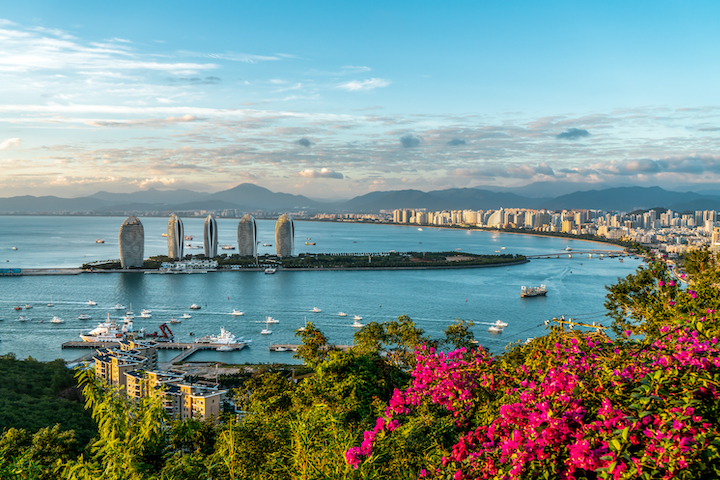
While Hainan’s importance as a luxury shopping destination has ballooned due to the lack of international travel, it is expected to continue growing as a market even after global travel resumes
Hainan’s tenfold duty free growth
The McKinsey report lists a few important reasons to believe Hainan’s luxury market is growing, starting with the Hainan Provincial Government’s own estimate that the province’s duty free market will grow tenfold between 2020 and 2025, reaching $46.5 billion and becoming one of the world’s largest travel retail locations. This will be achieved by such measures as promoting both Chinese and foreign investment in Hainan and granting more duty free licenses, which should collectively double the duty free capacity in four years. Additionally, luxury pricing in China has not been competitive vs overseas, but the price gap is narrowing.
The opportunity for luxury retail growth in Hainan is all but unbounded. McKinsey states that while beauty has accounted for approximately 50% of duty free sales on Hainan, surveys indicate that shoppers plan to purchase outside of this category. “…only ~15 percent of beauty shoppers surveyed indicated they had purchased fashion during their most recent visit, almost one in three said they would like to do so on their next trip,” states the report.
Risks to luxury brands
The Hainan duty free model of multi-brand stores run by the operator carries some risk to the luxury image of brands. Shopping lineups can be long and shop attendant attention difficult to find. This, in combination with a volume-based sales model and a lack of personal relationship between shop and customer, can severely tarnish a luxury shopping experience.
Because brands have little control over pricing, selling in Hainan can cannibalize their Chinese domestic market.
McKinsey states that while some luxury brands have therefore chosen to limit their presence on the island, they could cut themselves off from the Chinese luxury market by doing so. “With Hainan growing fast to take an increasingly significant share of the Chinese luxury market, and slated to become a fully duty-free island province by 2025, it is imperative that luxury brands formulate a strategy to enter, operate, and scale in the market,” the report states.
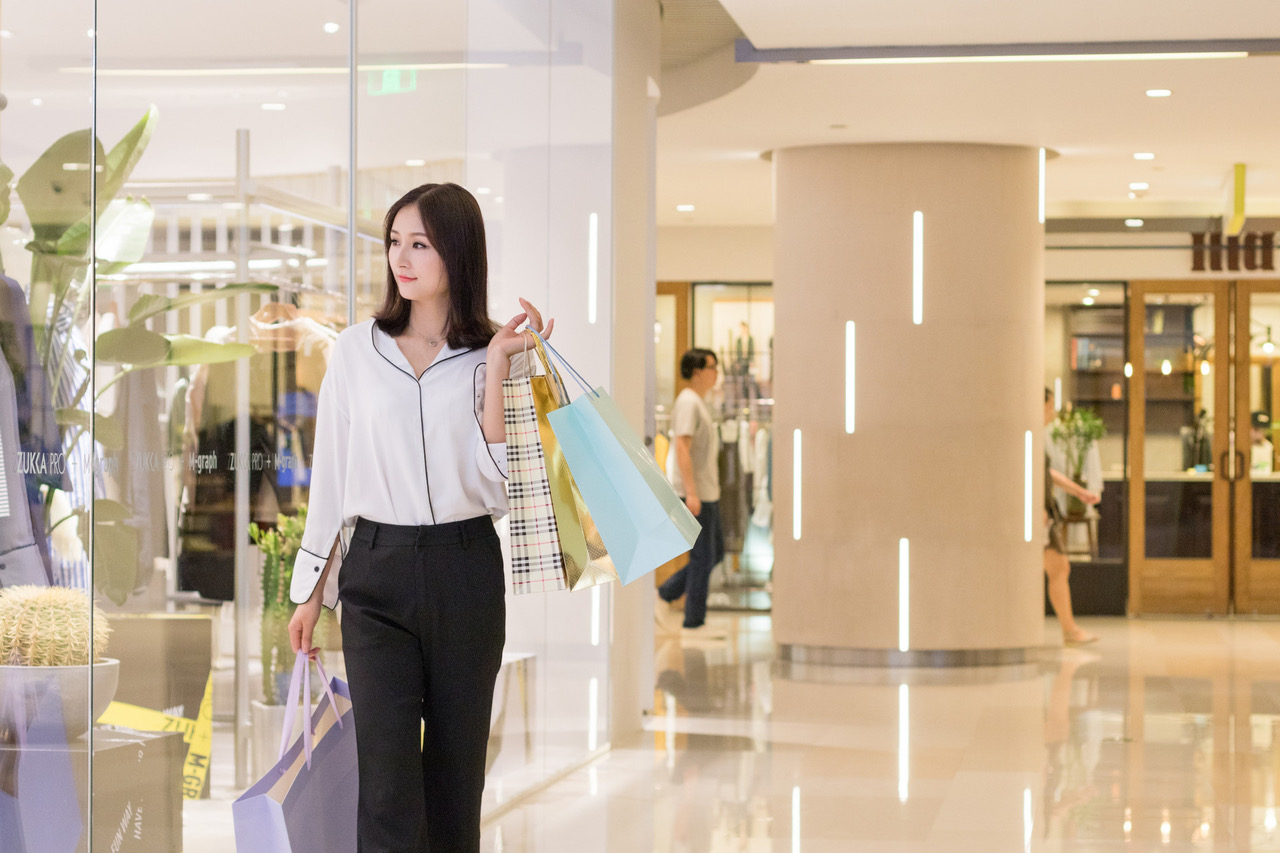
Luxury shopping is not just about the item being purchased; it is about having a relaxed and pampered experience
Following are McKinsey’s recommendations for luxury brands to operate successfully in Hainan.
• Define a differentiated retail operating model: Depending on the negotiating power of the brand and the DFO:
• Tactically seek win-win opportunities to increase brand control, such as installing brand-managed store managers that both drive productivity and strengthen staff brand
• Define a radically different, brand-led model with strong control over pricing, merchandising, staff, a shared supply chain, as well as demand planning, and data operation
• Create a unified view of the Chinese customer: Across both Hainan and domestic businesses, shared loyalty programs, customer data platforms (CDP), and a shared data analytics team enable retargeting of Hainan travelers after returning to their hometowns, and vice versa. Making this happen will require brands to fundamentally rethink their domestic & travel retail
• Establish a set of strategic partnerships: Aim to gain critical access and capabilities in the market
• Explore online collaborations with ecosystem players, for example home delivery and online replenishment offerings for unused duty free
• Manage relations with all key policymakers at the central, Hainan provincial, and municipal levels, accounting for different policy considerations and mandates
• Lay the groundwork for directly operated stores: Starting in 2025 brands will be able to operate duty free stores in Hainan without needing to collaborate
• To prepare for such directly operated stores, brands need to gradually develop teams and capabilities, such as brand-owned supply chain strategy & oversight, real estate development, government relations, local merchandising & pricing, as well as a dedicated Hainan talent development unit.
• Maintain agile Hainan brand-building operations: Adopt a stage-gated investment model, in which new investments are unlocked once the prior stage has shown to produce results. This should give brands necessary flexibility in Hainan’s rapidly evolving market. Hainan’s authorities have made the most of limitations on international travel and inculcated a desire among Chinese luxury shoppers to support the island province’s development into a global duty-free shopping hub

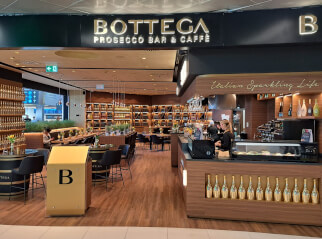
.jpg?&resize.width=322&resize.height=483)

